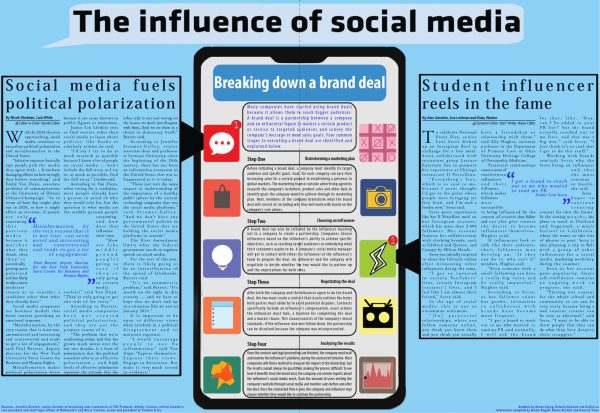Hazing versus tradition: a close call
 Painful memories and a redacted police report described in a Chicago Tribune article are all that currently exist to depict the events that have transpired in the Lake Zurich High School football locker room. Although some of the details may have been removed from the tale, the essence of what occurred in that room still lingers.
Painful memories and a redacted police report described in a Chicago Tribune article are all that currently exist to depict the events that have transpired in the Lake Zurich High School football locker room. Although some of the details may have been removed from the tale, the essence of what occurred in that room still lingers.
According to the Chicago Tribune, a lawsuit has been filed claiming members of the LZHS football team have been hazing younger members of the team through sexual assault and verbal degradation under the guise of “team bonding” since 1997. As a result of these actions, the lawsuit was filed against coaches and staff seeking an amount in excess of $50,000 in damages and calling for anti-hazing education for coaches and other teachers.
B. Elliot Hopkins, director of sports, sanctioning and student services for the National Federation of State High School Associations, said hazing is when teams or clubs put the people who are interested in joining their organizations through harsh obstacles in order to be accepted as part of the group.
Hopkins said incidents like what happened at LZHS do not appear overnight, and hazing often develops from something mild into something far more serious.
“Twenty years ago, [what was happening at LZHS] was probably something benign like the freshmen having to carry the water bottles, but it always seems to get ramped up and escalate over a period of time based on the [people] involved and what the coaches do or don’t do,” Hopkins said.
John Seiler, Northbrook Police Department detective, said one aspect of hazing is that it is inherently malicious.
“If an activity [causes] physical, psychological or emotional harm to an individual, it is malicious,” Seiler said.
According to Seiler, although some required activities such as tryouts or practices may be strenuous, these activities do not qualify as hazing because they are neither heinous nor dangerous.
According to the Glenbrook North student handbook, hazing is “any form of initiation and/or right of passage, whereby the perpetrator(s) applies physical, psychological, emotional, and/or mental threats or actions against another, customarily in an initiation setting, which often self perpetuates.”
Seiler said examples of hazing include servitude, forced food or beverage consumption, wearing embarrassing or uncomfortable clothing or sleep deprivation.
William Eike, assistant principal and dean of students, said GBN’s hazing policy addresses all aggressive behavior together to prevent any inconsistencies that might occur when it is unclear whether a situation qualifies as hazing or not. The administration addresses each situation on a case-by-case basis.
Students accused of hazing at GBN can be subject to suspension, expulsion or referral to government law enforcement authorities. The Illinois General Assembly lists hazing as a Class A misdemeanor or, if serious enough, a Class 4 felony. Both result in a criminal record.
To determine if a given action constitutes as hazing, Hopkins said people should consider whether the action was productive for the team. People should also consider whether others would be willing to complete the activity in front of an adult audience.
“In a real team, we’re going to work hard,” said Hopkin. “We’ll train, we’ll lift weights, run and do all things you [have to] do to get better as a team. But [hazing], to me, [is] counterproductive to the team. If they’re doing something productive for a team, it could be a team bonding experience. You could do it in the middle of Soldier Field with a million TV lights on you, with all of the Chicagoland area watching it because they’re not self-conscious about it. There’s nothing to hide. So if someone tells you, ‘Meet over here, we’re going to do this,’ you have to ask the question, ‘Why can’t we do this at school or at coach’s house?’”
The best way for schools to stop hazing is to clarify to students and communities what is and is not hazing, Hopkins said.
“Schools and parents have to be intentional of what is expected from the coaching staff, … ” said Hopkins. “Constantly reinforce what your values are.”




